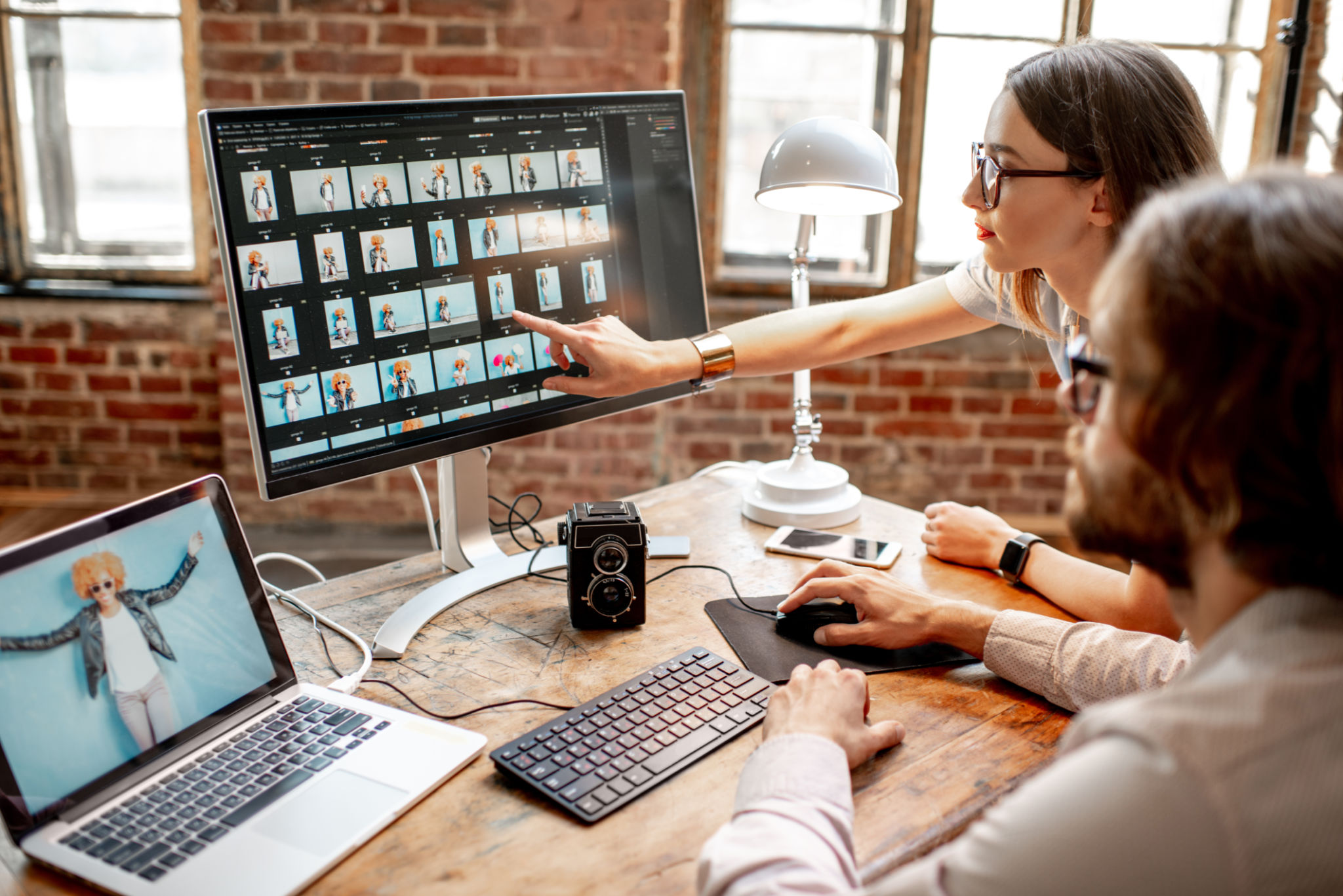The Ultimate Guide to Real Estate Photography
Understanding the Importance of Real Estate Photography
In the digital age, where first impressions often originate online, real estate photography has become a critical element in the property market. High-quality images can make a significant difference in attracting potential buyers or renters. Properties showcased with professional images tend to receive more views, engagements, and ultimately, faster sales. Investing in excellent photography is not just about aesthetics; it's a strategic move that can enhance the perceived value of a property.
Real estate photography is not merely about capturing a space; it’s about telling a story. Every image should provide potential buyers with a glimpse into what it would be like to live in that space. The goal is to create an emotional connection that encourages viewers to take the next step, whether it’s scheduling a viewing or making an offer.

Essential Equipment for Real Estate Photography
To capture stunning real estate photographs, having the right equipment is essential. A digital single-lens reflex (DSLR) camera or a mirrorless camera with a wide-angle lens is often recommended. Wide-angle lenses allow photographers to capture more of a room in a single shot, providing a comprehensive view of the space.
In addition to a good camera and lens, a sturdy tripod is crucial for maintaining stability and ensuring sharp images, especially in low-light conditions. External flashes or lighting kits can also be beneficial for illuminating dark areas and ensuring even lighting throughout the space.

Mastering Composition Techniques
The composition of real estate photos plays a vital role in how appealing they are to potential buyers. One fundamental technique is the use of lines and angles to guide the viewer's eye through the image. This can be achieved by aligning elements within the frame to create a sense of depth and dimension.
Another important aspect is maintaining symmetry and balance in your shots. This can be particularly effective in spaces like living rooms or kitchens, where symmetry can enhance the feeling of harmony and order. Incorporating natural elements like windows or doors can also add interest and context to your compositions.

Optimizing Lighting for Real Estate Photography
Lighting is one of the most critical elements in real estate photography. Ideally, you should aim to use natural light as much as possible. Schedule photo shoots during the day when natural light is abundant. This not only enhances the colors and details but also creates a welcoming atmosphere.
However, relying solely on natural light isn't always feasible. In such cases, artificial lighting can be used to complement and enhance the available light. A combination of ambient lighting, accent lights, and flash can help achieve a balanced and inviting look.

Post-Processing Tips for Professional Results
After capturing your photos, post-processing is where you can refine and enhance your images. Using editing software like Adobe Lightroom or Photoshop allows you to adjust brightness, contrast, and color balance to ensure your photos look their best.
Be mindful not to over-edit your images. The goal is to present an accurate representation of the property while ensuring it looks appealing. Subtle adjustments can make the difference between a good photo and an exceptional one.

Conclusion: Elevating Your Real Estate Listings
In conclusion, mastering real estate photography involves understanding both the technical aspects and creative elements of capturing a property. From choosing the right equipment to optimizing lighting and perfecting post-processing techniques, each step plays a crucial role in presenting properties in their best light.
By investing time and resources into high-quality real estate photography, you can significantly enhance your property listings, attract more potential buyers, and ultimately achieve faster sales at higher prices. Remember, every photo has the power to tell a story—make sure yours tells the right one.